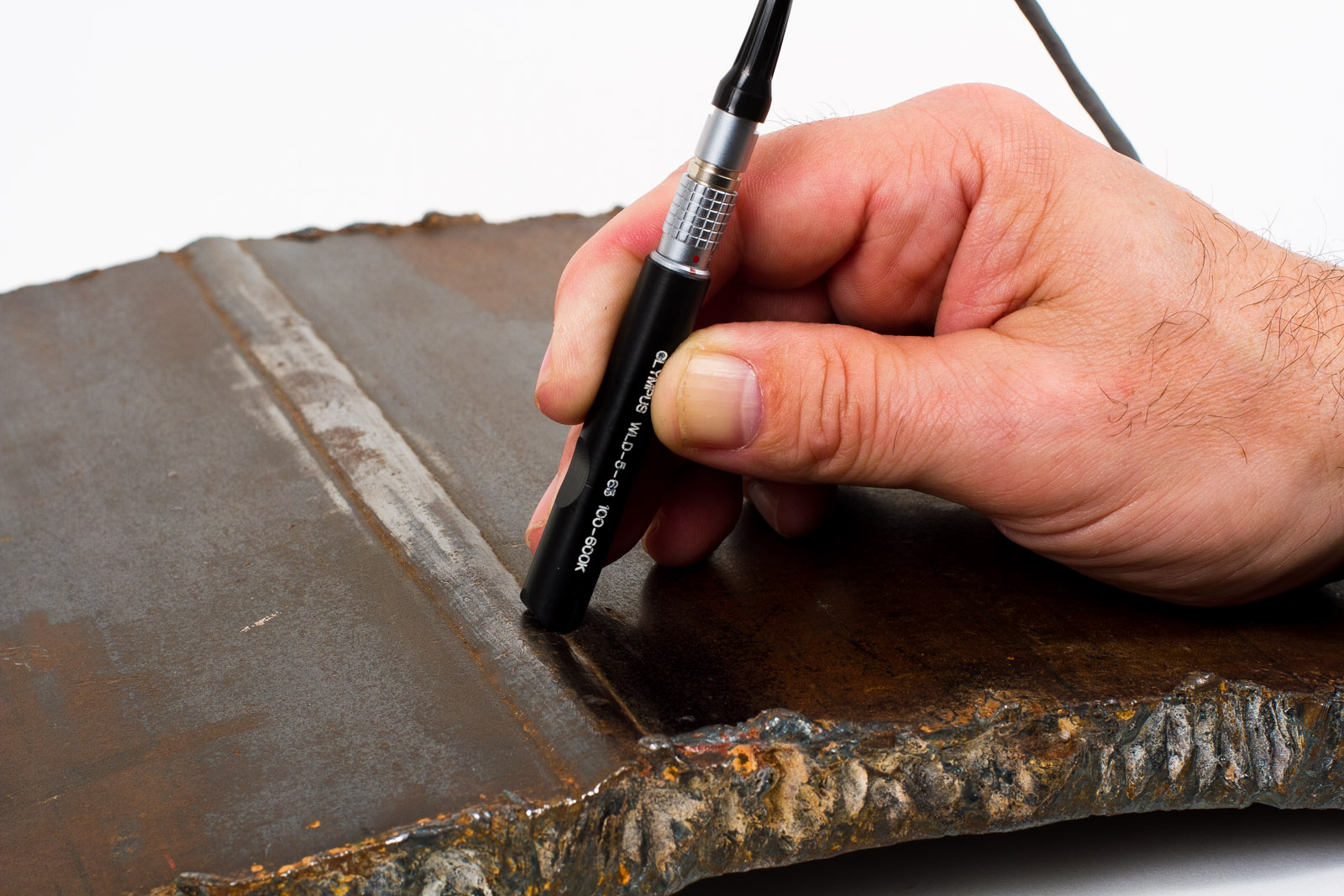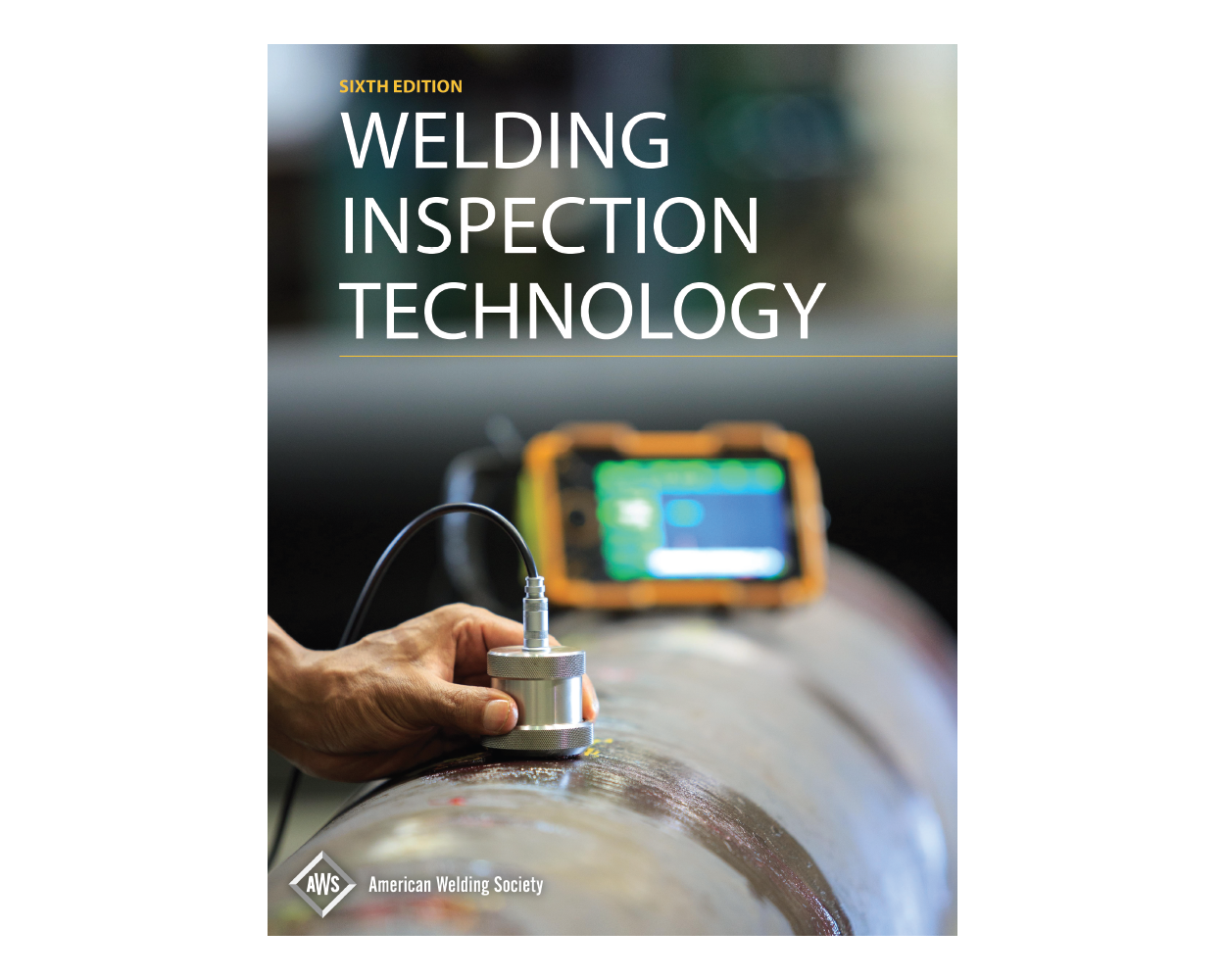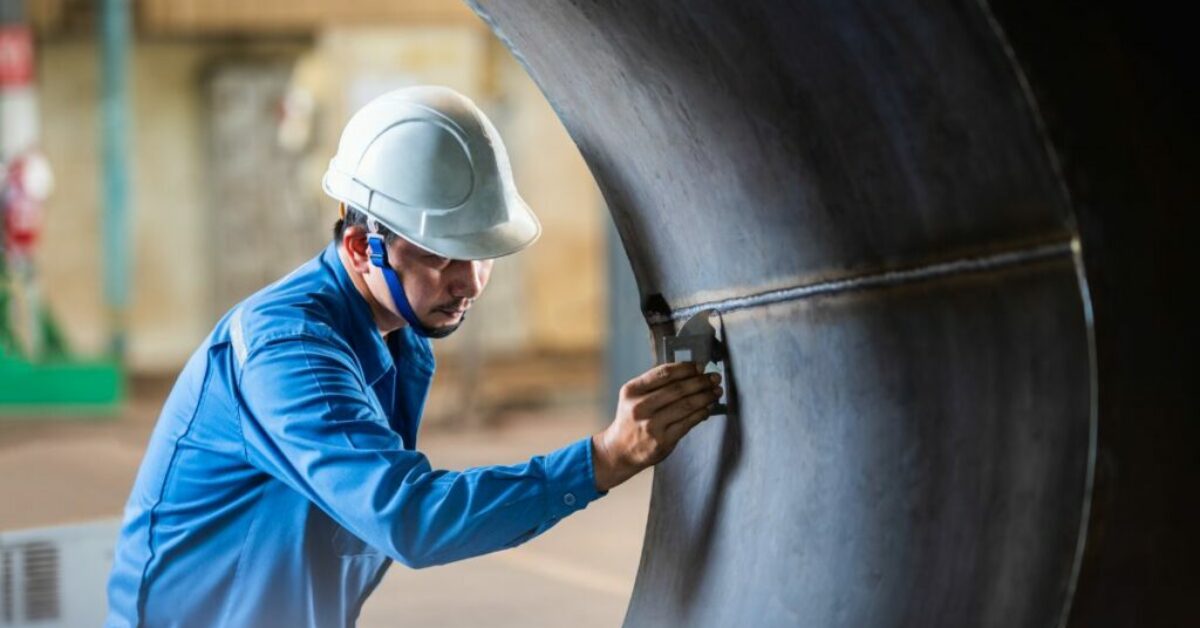Dependable Welding Inspection Gilbert Arizona: Trick Elements to Consider for Ideal Outcomes
Dependable Welding Inspection Gilbert Arizona: Trick Elements to Consider for Ideal Outcomes
Blog Article
Checking Out the Significance of Welding Inspection in Industrial Applications: Protecting Against Failings and Enhancing Long Life
Welding evaluation serves as an important line of protection in commercial applications, making sure the architectural stability and reliability of welded components. By methodically recognizing flaws such as porosity and insufficient combination, assessments not only protect against failings but also extend the life-span of important possessions.
Role of Welding Assessment
Welding assessment works as a vital guard in commercial applications, ensuring that bonded frameworks meet defined standards of top quality and safety. This process involves a methodical examination of welds to verify their integrity, stamina, and conformity with well established codes and specifications. The function of welding inspection is diverse, including both visual analyses and non-destructive screening approaches, which might consist of ultrasonic, radiographic, or magnetic fragment testing.

In addition, welding evaluation plays a vital role in governing conformity. Inevitably, the function of welding inspection is indispensable in advertising safety, enhancing performance, and securing financial investments in commercial facilities.
Common Welding Defects

One of the most prevalent problems is porosity, identified by little gas pockets trapped within the weld metal. This happens because of pollutants or inappropriate securing gas, endangering the weld's toughness. Another significant issue is insufficient combination, where the weld metal fails to bond correctly with the base material, potentially causing architectural weak points.
Cracks can additionally develop during or after the welding process, typically connected to thermal tensions or improper cooling prices. Furthermore, damaging, where the base metal is worn down along the weld grain, can weaken the joint and is typically created by extreme warm input or wrong strategy.
In addition, lack of infiltration happens when the weld steel does not get to the root of the joint, leading to inadequate strength. Comprehending these typical problems is important for welders and examiners alike to make certain that bonded structures fulfill security and efficiency requirements, ultimately stopping possible failings in industrial applications.
Advantages of Routine Evaluations
Regular assessments act as a vital guard in making sure the reliability and longevity of bonded frameworks. These examinations determine prospective issues and weak points that may endanger the stability of welds, enabling prompt remediation before concerns escalate. By applying an organized examination routine, companies can substantially minimize the danger of catastrophic failures that might result in pricey downtime, equipment replacement, or also mishaps.
In addition, normal evaluations add to improved high quality control throughout the welding procedure. By sticking to a constant inspection timetable, companies can guarantee that their welding techniques meet well established top quality standards and best practices. This not only promotes a culture of accountability but likewise motivates continuous renovation amongst welding personnel.
In enhancement, regular evaluations help with better maintenance planning. By identifying damage early, companies can purposefully arrange substitutes and repair services, reducing disturbance to operations. This aggressive method ultimately causes extensive asset life-span and boosted overall productivity.
Finally, a commitment to routine inspections can improve a company's track record in the market. Customers and stakeholders progressively value companies that focus on security and top quality, thereby enhancing trust fund and potentially leading to enhanced company chances.
Industry Standards and Regulations
Following market requirements and policies is a basic aspect of welding assessment that matches the advantages of regular assessments. These criteria, developed by companies such as the American Welding Culture (AWS) and the American Society of Mechanical Designers (ASME), give a structure for ideal methods in welding procedures, products, and assessment techniques. Compliance with these laws ensures that welds fulfill the called for top quality and security standards, significantly reducing the risk of structural failures.
Governing bodies like the Occupational Security and Wellness Administration (OSHA) further apply standards that secure workers and the atmosphere throughout welding operations. By adhering to these established standards, industries can enhance the dependability of their frameworks and components, guaranteeing they do as planned under various operational problems.
Moreover, adherence to market standards cultivates uniformity in high quality control, promoting smoother communication amongst stakeholders and regulatory agencies. This positioning not only minimizes responsibility risks however additionally enhances the reputation of companies in affordable markets. Inevitably, conformity with welding criteria and laws is not merely a lawful commitment; it is a crucial financial investment in safety, efficiency, and long-lasting functional success.
Future Trends in Welding Assessment
As markets continue to develop, the future of welding inspection is poised to incorporate sophisticated modern technologies that improve accuracy and efficiency. Among one of the most substantial trends is the adoption of automation and robotics in evaluation procedures. Automated systems can carry out inspections quickly, minimizing human mistake and enhancing throughput in producing atmospheres.
Furthermore, the combination of man-made knowledge (AI) and machine learning formulas will make it possible for predictive analytics, permitting real-time evaluations and aggressive maintenance (Welding Inspection Gilbert Arizona). By examining data from previous examinations, these modern technologies can determine patterns that could show possible failures, thereby extending the lifespan of welded components

In addition, the fad towards digitalization will result in enhanced information monitoring systems that promote better monitoring, reporting, and compliance with industry requirements. In recap, the future of welding inspection Discover More is defined by technological innovations that assure to substantially improve integrity, safety and security, and operational effectiveness in various industrial applications.
Verdict
In conclusion, welding evaluation serves a crucial function in making sure the integrity and longevity of welded frameworks throughout numerous commercial applications. By determining defects such as porosity and incomplete blend, routine inspections play a considerable duty in risk mitigation and top quality assurance. Adherence to sector requirements and guidelines further use this link boosts functional safety and reliability. As advancements in innovation continue to progress, the future of welding evaluation assures boosted accuracy and performance, inevitably adding to the long life of critical infrastructures.
Welding inspection serves as an essential line of protection in industrial applications, making certain the structural integrity and reliability of welded components.Welding inspection offers as a vital safeguard in commercial applications, making certain that bonded frameworks fulfill defined requirements of high quality and security - Welding Inspection Gilbert Arizona. Eventually, the function of welding assessment is important in promoting security, boosting performance, and safeguarding financial investments in industrial facilities
These standards, established by organizations such as the American Welding Society (AWS) and the American Culture of Mechanical Designers (ASME), provide a framework for finest methods in welding go to this web-site procedures, materials, and inspection methods.In conclusion, welding examination serves an important feature in making certain the stability and durability of welded structures across different industrial applications.
Report this page